What is it?
The principles and designs underpinning 360 feedback are simple. The idea is to capture role relevant information from a range of perspectives i.e., the participant, their line manager, peers, team and stakeholders (such as those in other parts of the business or sometimes even those in other businesses such as suppliers).
Usually, data are collected (anonymously) via software that also generates a report and triggers review sessions with the participant.
Why 360 feedback is different
From the many other ways of assessing someone’s development pathway, it feels like stating the obvious to say that 360 feedback is different. The focus can be wide or specific, highlighting what it is the participant does or does not do, and how they do it, which ultimately can form the basis for their development.
The fact that it comes from colleagues and enables interpretation from their different perspectives, itself, makes 360-degree feedback methods different. Other unique features are that:
- Comments are from those close to the action and in the best position to comment. Keep in mind that the tools often allow for “free text” comments as well as questions.
- It is not possible to get the same data from other sources or in the same potentially (anonymous) way.
- The methods are compatible with most other development assessment methods, but can be applied as a standalone tool too.
- The methods are flexible in that they entail bespoke or pre-designed, level-appropriate questionnaires or interviews.

The main uses of 360-feedback for development
These fall into two main categories:
1. The first is general feedback in the sense of “how am I doing?” This is when the data are focused on a broad range of relevant topics. For example, a 360 on a manager might include:
- Their ability to think ahead.
- How do they make day-to-day and significant decisions?
- Skills in planning, prioritising, and organising.
- Driving execution and “making things happen”.
- Optimising team effectiveness.
- Developing and swaying influence in all directions.
- Their values including integrity.
- How they respond to problems and resilience.
- Being their “own person”.
- Gravitas and personal credibility.
- Driving their own and others’ careers.
2. The second is for development to confirm demonstrable talents or highlight development needs. The contents are largely the same as above, but the nature of the interpretation is different.

Assessment Methods
Questionnaire methods are the most common, whether predesigned or bespoke.
Software issues the questionnaires to nominated feedbackers, sends completion reminders, and generates a report (though behind-the-scenes nudging also is important).
Typically, around two weeks are given to complete questionnaires and to run off a report.
Overall, it can be a straightforward three-week exercise.
Interviews are another less common approach. These are self-explanatory, i.e., 360 feedback is acquired via structured interviews and the data analysed using qualitative techniques.
These analysis techniques range from wading through the data and an iterative process of interview comment refinement through to its opposite, quantitative techniques.
By definition, the approach is not anonymous, and therefore accuracy and reliability of the data are dependent on the credibility of those conducting the interviews and how the data are handled and kept confidential.
Crucial issues to get right from the start
As suggested, much of this can be straightforward. However, how it is all handled can make or break the effectiveness of the feedback and, therefore, its use as a development assessment tool.
There are five key things to consider at different stages in the exercise.
- Selection of feedbackers. They need to be in a position to comment on the participant as accurately as they can. Background briefing should include the need for them to as objective as possible.
- Communication prompts including the management of any informal chat that can occur. The communications and positioning need careful crafting. They can be as important as the questionnaire or interview schedule.
- Follow-up meetings have to be thorough and planned. Most 360-degree feedback exercises are often accompanied by participant interviews. These are an opportunity to review results and obtain explanations. They can pave the way for a deeper review and full feedback. In essence, therefore, best practice often means double meetings, i.e., a sequence of questionnaire, feedback interview, overall report writing, and then, feedback of this, followed by action planning.
- Report interpretation can hold traps for the inexperienced. Applying a constructive, critical eye encompassing an “is there something in that” outlook works. It is important not to just focus on negatives. Positives can be as important developmentally, too. Similarly, it is important not to overly focus on free text comments from questionnaires or try to work out who said what. Participants typically try to do this. Finally, understanding the context of data and explanations is key.
- Action planning, i.e., there has to be action, and it should be planned. There is little point if nothing happens as a result of the feedback. Action plans need to be systematic (i.e., formally created), and evidence-based on the 360 process and other relevant data. Ideally, adopting a SMART approach seems to work best.

Some final thoughts
Our overall conclusion is that:
- The use of 360-degree feedback tools is a key development method that should be given more attention than is often found in many businesses.
- There are many options for how the 360 data is collected and integrated into existing or fresh data to create meaningful development action plans.
- There is a range of issues that need to be addressed to get the most out of it by applying some clear but simple steps.
About The Author

Dr. Steve Sloan is an acknowledged leadership expert and consultant who has over 20 years’ experience advising clients globally.
He can be contacted via email or by calling 07585 548420



